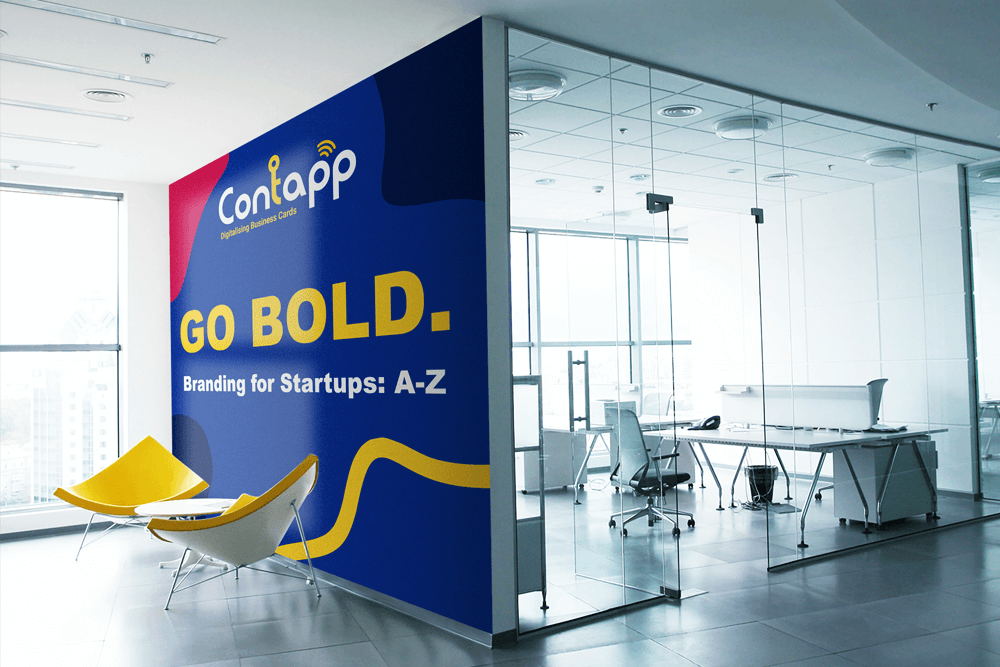
Branding for Startups: A to Z
While exploring the world of startups I ran into an article that highlights the need to build a brand before it’s too late. This quote might sound harsh, but having a brand right from the beginning is certainly something you should invest in.
Why?
- A brand can differentiate your startup from the competition.
- A brand can help you get early traction.
- A brand can help you to establish business collaborations.
- A brand can help you to create a community.
- A brand can help you to add value to your startup.
- A brand can help you to engage potential investors.
…and much more.
But, doesn’t it make sense that all entrepreneurs work on their brand development if it can get you such benefits? Well actually, they don’t. In the initial stages of startup development, most of the entrepreneurs are preoccupied with product development, on finding ways to get those first users and fulfill their needs. Surely, this strategy is justified, especially having in mind the two biggest startup challenges: time and money.
For a novice entrepreneur, it is important to find the product-market-fit before it’s too late, not to build a brand around a product that isn’t even in the MVP stage. After all, a logo is only as good as the shirt you decided to wear.
However, since you’re already reading this article, the chances are that you are eager to start working on your startup’s brand development and you should. In order to reconcile the focus on the product and the branding, here are some tips and frameworks to enable you to create a meaningful brand for your startup.
> Click here to see the secret behind Contapp’s branding
First things first: What’s branding?
The branding strategy involves the practice of choosing a name, creating a logo and other design assets that will be identified to your startup at a glance.
Simply put, your brand is your promise to your customer. It tells them what they can expect from your products and services, and it differentiates your offering from that of your competitors
Definition of branding, explained by Entrepreneur
Keeping in mind that the brand can affect all company stakeholders, including its customers/users no matter of its size.
So, the same goes for startups. A brand should be the one who helps a customer to choose a certain product, to feel connected with its value and mission.
Branding for Startups: A – Z Process
1. Define your story
Go a step back and think about how you got the idea for your startup? Was it something related to your past business? Or, perhaps it is even something you’ve even experienced in your childhood?
As you dig deeper to understand your, or your team’s personal life story, you’ll be able to wrap a story that represents your brand and incorporate it into other aspects of the branding strategy.
2. Set the brand voice
The easiest way to choose your brand voice is to compile a list of (key)words that can be associated with your brand: honesty, top-notch, affordable, family, growth…and so on.
Now, go through them and pick several that both you and your teammates think that describe your startup’s current vibe. Or, the vibe you would like it to have.
3. Define the company name
This isn’t an easy task. There are several factors that you need to consider before choosing a company name:
- Is it easy to pronounce?
- Is it easy to remember?
- Is it easy to spell?
- Is it available?
- Does it have room for expansion?
Let me just explain a bit the last one with one well known example: Imagine if Jeff Bezos named his company “BooksOnline” instead of “Amazon”. You never know what can happen tomorrow, perhaps your startup will fail, but why don’t you think that it will grow and expand? For starters, don’t choose a name that is limiting.
4. Define a mission statement
A brand mission statement clearly communicates a brand’s purpose, objectives and how it plans to serve its audience. It is action-oriented and gives readers an idea of what your business does and what impact it wants to make, Sproutsocial.
If you have your brand voice in place, it will be much easier to define a perfect mission statement. Just go step-by-step.
Here are some examples, just to get the idea of what is a good mission statement. Can you guess the brands?
- To be a company that inspires and fulfills your curiosity.
- To give people the power to build community and bring the world closer together.
- We believe in a world where people belong anywhere.
- Our vision is to be Earth’s most customer-centric company; to build a place where people can come to find and discover anything they might want to buy online.
- Make commerce better for everyone, so businesses can focus on what they do best: building and selling their products.
- To create a better everyday life for many people.
- Spread ideas.
…and here are the brands behind the above written statements:
Sony, Facebook, Airbnb, Amazon, Shopify, Ikea, TED.
5. Create a mood board
No matter if you are design savvy or not, having a collection of design ideas that you can implement into your brand design can come in handy. Besides, that way you can see that your brand is coming together…and that’s so exciting!
It goes without saying that Pinterest is your best friend here. Of course, after saving a bunch of pics, try to narrow down your collection according to the above mentioned vibe your brand should have.
6. Choose your brand colours
A mood board will help you to come up with suitable brand colors. Don’t just go and pick your favourite ones, do some research on what each color stands for, which shades look the best, etc.
Blue and yellow were both chosen for Contapp’s branding because they both represent our company ethos.
Blue can be linked to words such as trust, depedable integrity, ambition, loyal and secure. Yellow on the other hand, represents fun, optimism, clarity, attentive and logical.
7. Create a logo
Ok, this is where it gets tricky, especially if you can’t afford an expert. An outsourced freelancer is always a good idea if you have solid brand directions.
The logo should incorporate the keywords you’ve used to set up your brand voice and to blend nicely with your mood board. It has to be simple, aligned with your brand and unique.
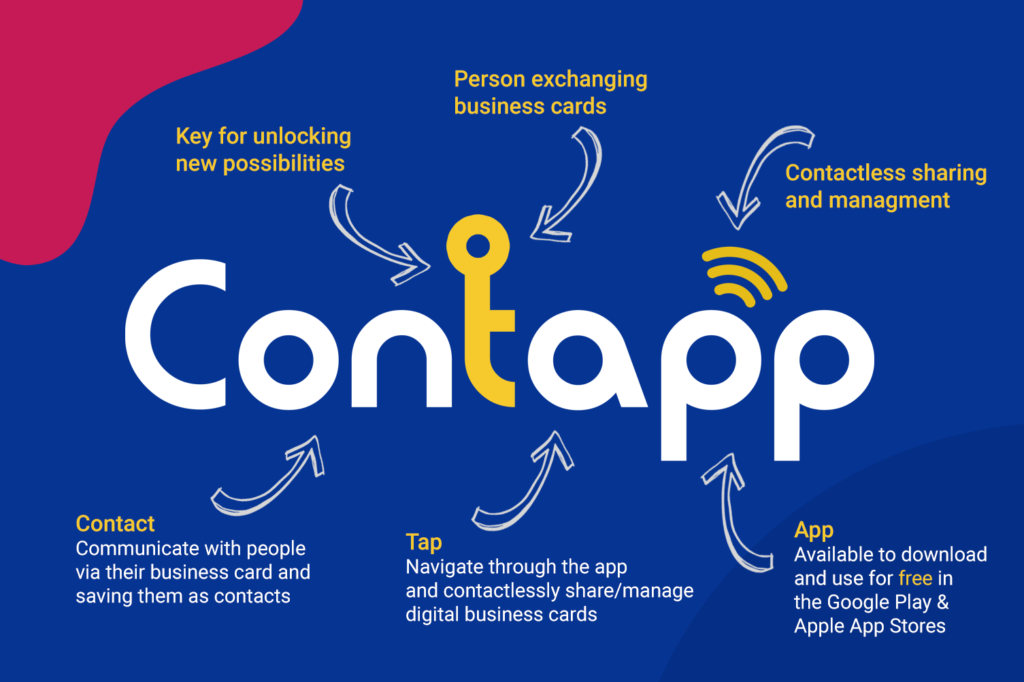
Of course, you can always revamp your logo – so don’t get overstressed about it.
8. Choose a typography
Choosing a font (or several) is harder than it seems. Of course, the aim here isn’t to get you discouraged, but to highlight the importance of doing it right.
The font your brand promotes needs to be aligned with your brand voice, industry standards and trends, mood board, etc.
Ubuntu’s philosophy, which states that every user should be able to use their software in the language of their choice, coincides with our strategy of presenting content in two additional languages – Serbian and French. – explain at OSM, whose design team recently done an internal agency rebranding.
9. Align all needed elements
Now when you have all the basics you need to build a (solid) brand, you should create a style guide (brand guidelines) where you’ll put everything together. Perhaps in this stage you’ll realize that some elements need editing, but it isn’t too late to make the needed changes!
Make sure that after you have all design elements in place you document them well since your style guide should basically be your Bible in everything you do from here.
10. Work on your brand development
Creating the style guide is just a starting point. Now it is time to use it for marketing and to develop your brand even more – perhaps you’ll get some inspiration or learning that you can incorporate into your visual assets.
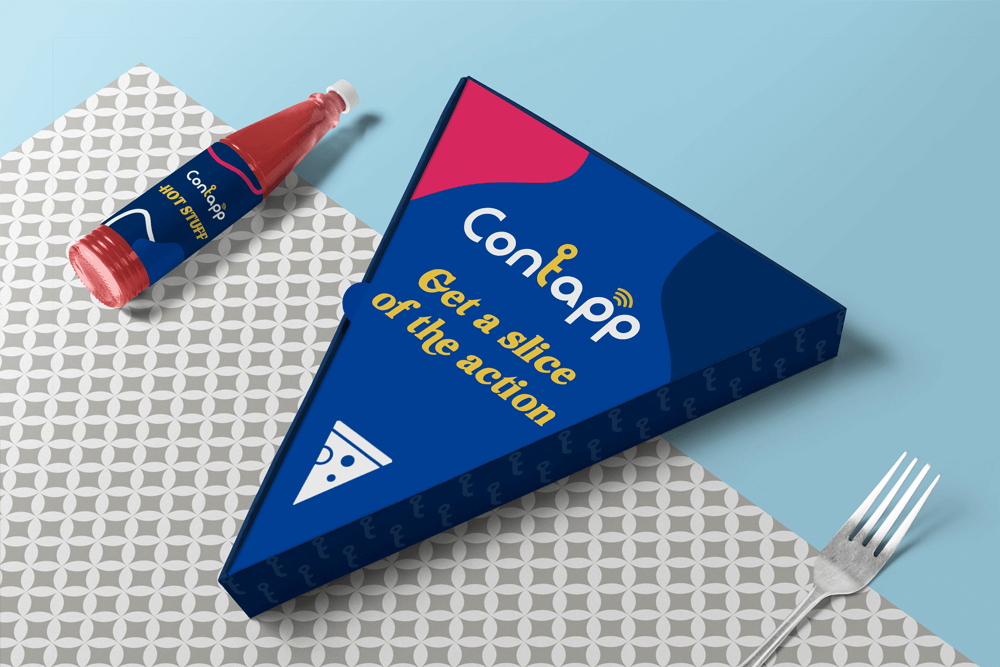
To wrap it up
Now that you have an idea of what steps need to be taken when it comes to branding your startup it is time to get to work. Of course, there are different paths you can take: DIY, hiring a freelancer or leaving the job to branding professionals.
Learn More
To get you equipped with knowledge and resources, here’re some useful courses and books to check out (no affiliates or similar, just recommendations):
Courses
- Digital Branding and Engagement
- Branding: The Creative Journey” by ie Business School
- Brand Management: Aligning Business, Brand and Behaviour
Books
- Start with Why: How Great Leaders Inspire Everyone to Take Action
- Power Branding: Leveraging the Success of the World’s Best Brands
- Positioning: The Battle for Your Mind
Join Our Startup Journey
Contapp isn’t just a smartly branded tech startup. We have invested a lot of time into building a brand that is trustworthy and modern, making sure our branding reflects our business tool app. User-friendly, sustainable and bold, but a brand that’s built with users in-mind. Exactly what our company ethos is about.
The current Contapp business app is available to use and download for free on iOS and Android today. We’re looking forward to launching Contapp | Orca 3.0*, our biggest and most innovative app update yet.
Innovate business card management and join one of the fastest-growing tech startups in the market.
*at the point of this article being published, Orca 3.0 has not been launched to the public.


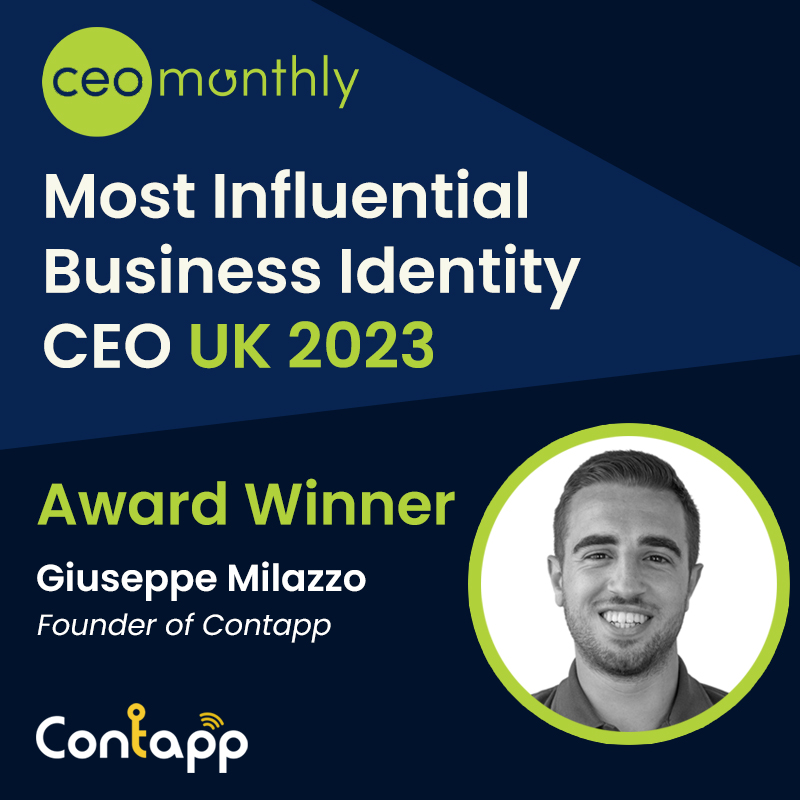

Misty
Ahaa, its pleasant discussion on the topic of this piece of writing here at this web site, I have read all that, so at this time me also commenting at this place.|
Vita
Wow that was odd. I just wrote an very long comment but after I clicked submit my comment didn’t appear. Grrrr… well I’m not writing all that over again. Anyways, just wanted to say excellent blog!|